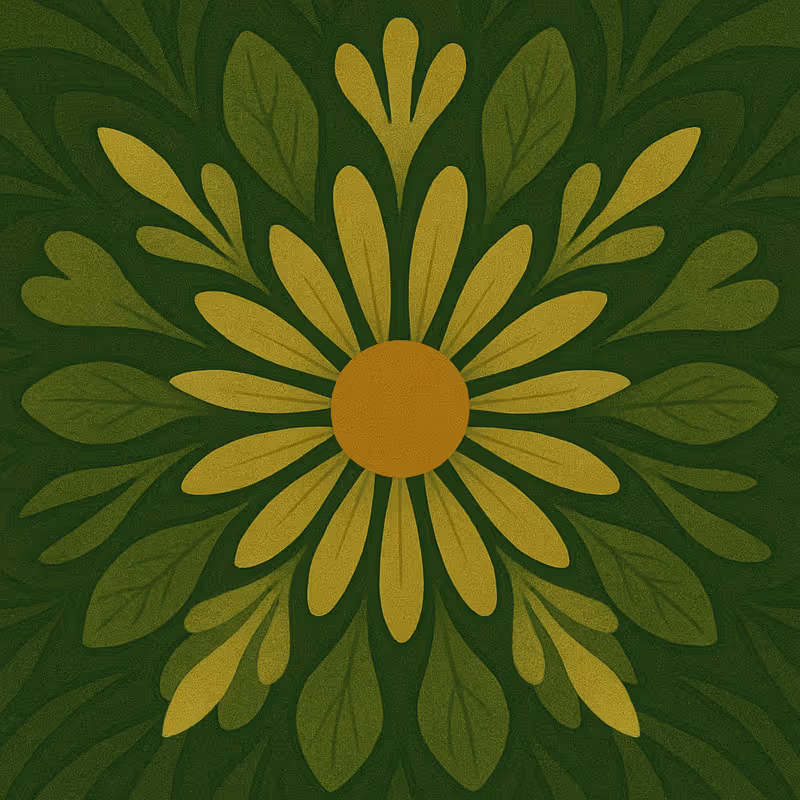Setting Objectives and Choosing Themes
Define the purpose and structure of the drawing workshop, whether aimed at fostering biodiversity awareness, exploring cultural identity, or engaging with urban landscapes, clear objectives shape the workshop’s design and facilitation.
Recruitment and Advertising
- Use social media, community networks, or event partnerships to attract participants.
- Highlight that no prior artistic experience is required.
- You could run the workshop at an event or as part of a festival, this would mean people could sign up on the day or drop-by when it is starting.
Selecting a Convivial Space
A suitable location should balance accessibility and drawing opportunities:
- Outdoor and indoor options (with contingency plans for weather)
- Accessibility adaptations (e.g., pathways suitable for wheelchair users or other access needs)
- Clear site instructions (e.g., if held on a farm, pre-determine accessible areas)
Drawing Skills and Themes
The facilitator might also want to introduce different sketching or drawing techniques, such as:
- Blind Contour Drawing: Drawing an object while looking only at it, not at the paper, to enhance observational skills and reduce self-judgment.
- Gesture Drawing: Quick, expressive sketches to capture movement and energy in nature.
- Negative Space Drawing: Focusing on the spaces around and between objects rather than the objects themselves, to shift perception and encourage new ways of seeing.
- Mixed-Media Approaches: Incorporating ink, watercolour washes, or even natural pigments found on-site to expand creative expression.
- Eco-Printing or Rubbing Techniques: Using leaves, bark, or textures from the environment to create imprints or rubbings as part of the artistic process.
Workshop themes could include:
- Biodiversity and Conservation: Exploring local flora and fauna through drawing.
- Cultural Identity and Storytelling: Using artistic expression to reflect on heritage and place.
- Urban Landscapes and Nature: Investigating green spaces within cities.
- Seed Conservation and Sustainable Agriculture: Documenting plant diversity through sketching.
- Ecological Change and Climate Resilience: Examining shifting landscapes due to climate change through artistic representation.
- Edible Landscapes and Foraging: Documenting wild and cultivated edible plants and their cultural significance.
- Pollinators and Plant Relationships: Studying the interactions between plants and pollinators through drawing and visual storytelling.
- Land Use and Industrial Heritage: Examining how past and present land use shapes biodiversity and community identity.
- Migration and Movement in Nature: Exploring the movement of animals, seeds, and people across landscapes
Using a Drawing Workshop in a Research Context
When using drawing workshops in a research setting, attention should be paid to the research process, the integrity of the approach, and the implications it holds for co-created knowledge in research. Some key points to consider include:
Define research objectives
- Begin by clarifying what the drawing workshop is intended to investigate, while leaving space for unanticipated outcomes.
- Objectives may include exploring how participants visualise biodiversity, how personal and cultural meanings are attached to species or landscapes, or how creative expression contributes to environmental dialogue.
- Longer-term objectives might involve strengthening public engagement, contributing to ecological education, or generating material for exhibitions, publications, or participatory planning processes.
Data generation
- Drawing workshops produce multiple forms of data, including the drawings themselves, written annotations, group discussions, and researcher fieldnotes.
- Visual and verbal outputs can be coded thematically to identify recurring concerns, examined through discourse or visual analysis to explore how biodiversity is represented, or interpreted through multimodal approaches that connect imagery with spoken reflection.
- Managing this diversity requires careful organisation, linking drawings to participant reflections and ensuring visual data is stored securely with clear protocols.
Ethics and consent
- Creative methods can generate intimate or unexpected disclosures, as participants may visualise personal memories, fears, or attachments.
- Clear consent processes are needed, including agreement on how visual materials will be stored, anonymised, or reproduced in research outputs.
- Participants should retain ownership of their drawings and have control over whether and how images are shared beyond the workshop.
- Researchers should remain sensitive to issues of vulnerability, particularly if drawings depict sensitive ecological or cultural concerns.
Analytical strategies
- Thematic analysis can be used to identify patterns in drawings and discussions, connecting visual expression to shared narratives about biodiversity.
- Visual analysis can examine form, symbolism, colour, or composition, treating drawings as central sources of meaning.
- Discourse analysis of group discussions can reveal how participants explain, contest, or reframe the images they produce.
- Comparative approaches can identify similarities and differences across groups or sites, while triangulation with interviews, mapping, or policy documents can enrich interpretation.
- Reflexivity is essential, recognising that meanings emerge through the interplay of visual expression, dialogue, and researcher interpretation.
Positionality
- Drawing foregrounds personal perception and embodied engagement, making it important to acknowledge how facilitation and interpretation shape outcomes.
- Choices about prompts, time allocation, and modes of sharing will influence both the form and content of the drawings.
- Researchers should remain reflexive about their role in framing the activity, and transparent about how interpretive choices affect the knowledge produced.
Theoretical framing
- Drawing workshops connect to debates in visual sociology, environmental humanities, and participatory action research.
- They offer tools for exploring how ecological knowledge is situated, embodied, and culturally mediated.
- The method also links to sensory ethnography, which emphasises the role of multisensory experience in producing ecological understanding.
- In this way, drawing can be seen not only as a creative exercise but as a practice that generates empirical, cultural, and political knowledge about human–nature relations.





















.svg)
